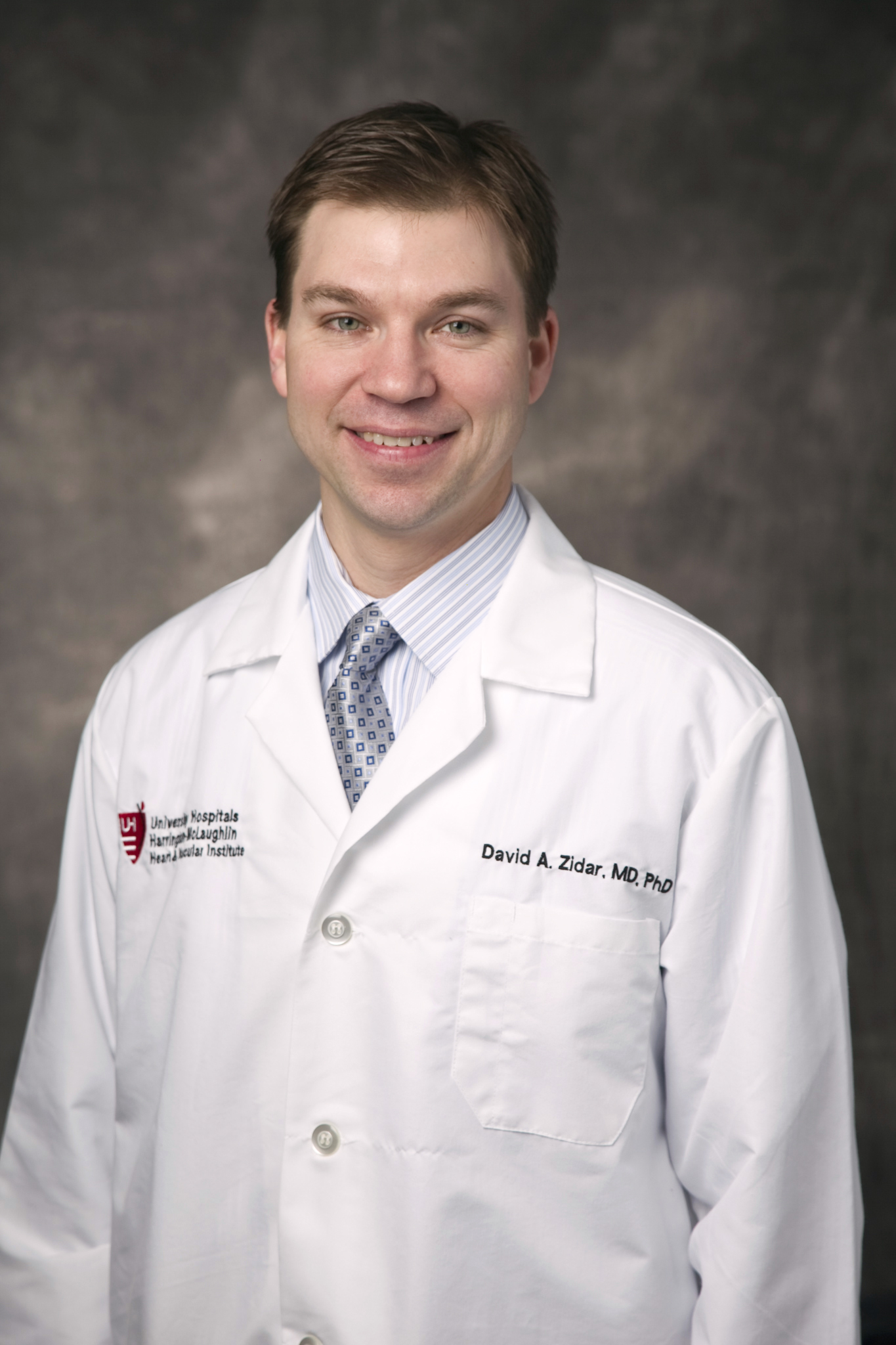Statins Under-Prescribed in the Young with Severe Dyslipidemia
January 29, 2017
 David A. Zidar, MD, PHD
David A. Zidar, MD, PHDA major driver of heart disease is high cholesterol, especially elevated levels of low-density lipoprotein (LDL) or “bad” cholesterol. Among drug therapies, statins are a highly effective first-line treatment for lowering cholesterol.
Although ongoing research explores how best to identify patients at intermediate risk for heart disease who may benefit from statins, the clear consensus is that patients with extremely high cholesterol levels (LDL > 190 mg/dL) should be prescribed a statin. Many of these patients have a genetic defect that drives cholesterol levels high enough that heart attacks, strokes and death can occur at young age without other risk factors.
Researchers from University Hospitals Harrington Heart & Vascular Institute used a national registry to examine statin prescription rates for these high-risk patients with severely elevated cholesterol. The study was designed to spot treatment gaps in real-world settings. They found that, nationally, many patients with extremely high cholesterol levels are not prescribed a statin. Among patients with LDL > 190 mg/dL who were prescribed least one medicine over three years, 34 percent were not prescribed a statin. Patients with even higher levels (LDL > 300 mg/dL) went without a statin prescription 25 percent of the time.
“In this study, doctors almost always prescribed a statin according to guideline recommendations for certain patients, particularly those with heart disease or diabetes or who were older,” says David A. Zidar, MD, PhD, Co-Director, LDL Apheresis Program, University Hospitals Harrington Heart & Vascular Institute; Assistant Professor of Medicine, Case Western Reserve University School of Medicine. “Efforts to raise awareness among heart attack victims seem to be working. But we should consider new prevention initiatives for patients with elevated cholesterol who are at high risk to develop heart disease prematurely.”
Another observation from this study was that younger patients were far less likely to be prescribed a statin. “Current medical therapy for familial hypercholesterolemia, instituted in young patients, can normalize LDL levels and often be essentially curative,” says Sadeer Al-kindi, MD, a co-author on the study. “Yet, ironically, youth was by far the most important factor associated with statin under-prescription for severe dyslipidemia. In those younger than 40 with severe dyslipidemia, less than 45 percent were ultimately prescribed a statin.”
In familial hypercholesterolemia, severe cholesterol elevation results from a gene mutation. These patients have a 50 percent chance of passing the mutation along to children, and siblings are 50 percent more likely to have it. Screening relies on a lipid blood test not uniformly recommended. “If we are missing the boat among patients who are screened and identified, we are likely missing this trait among family members,” says co-author Anthony DeCicco, MD. Additional contributors to this study included Jarrod Dalton, PhD; Chris Longenecker, MD; and Daniel I. Simon, MD.
In familial hypercholesterolemia, severe cholesterol elevation results from a gene mutation. These patients have a 50 percent chance of passing the mutation along to children, and siblings are 50 percent more likely to have it. Screening relies on a lipid blood test not uniformly recommended. “If we are missing the boat among patients who are screened and identified, we are likely missing this trait among family members,” says co-author Anthony DeCicco, MD. Additional contributors to this study included Jarrod Dalton, PhD; Chris Longenecker, MD; and Daniel I. Simon, MD.
For more information or to refer a patient, call 216-844-3800.
Tags: Research


